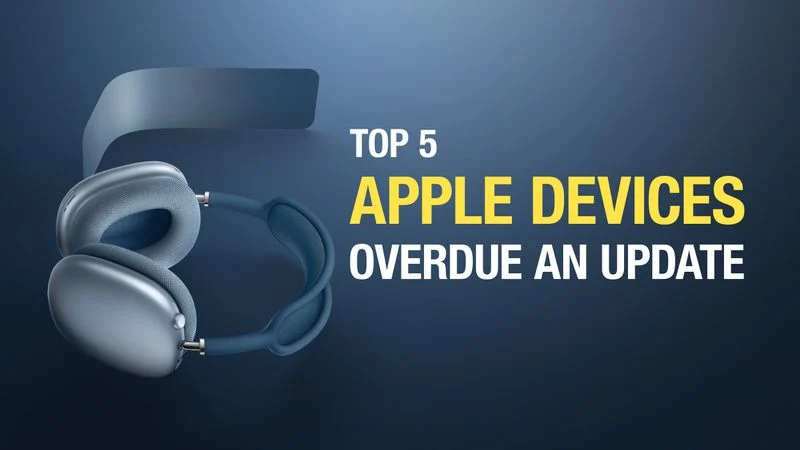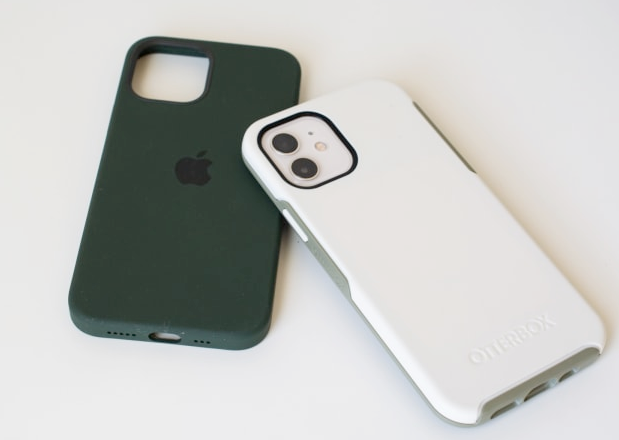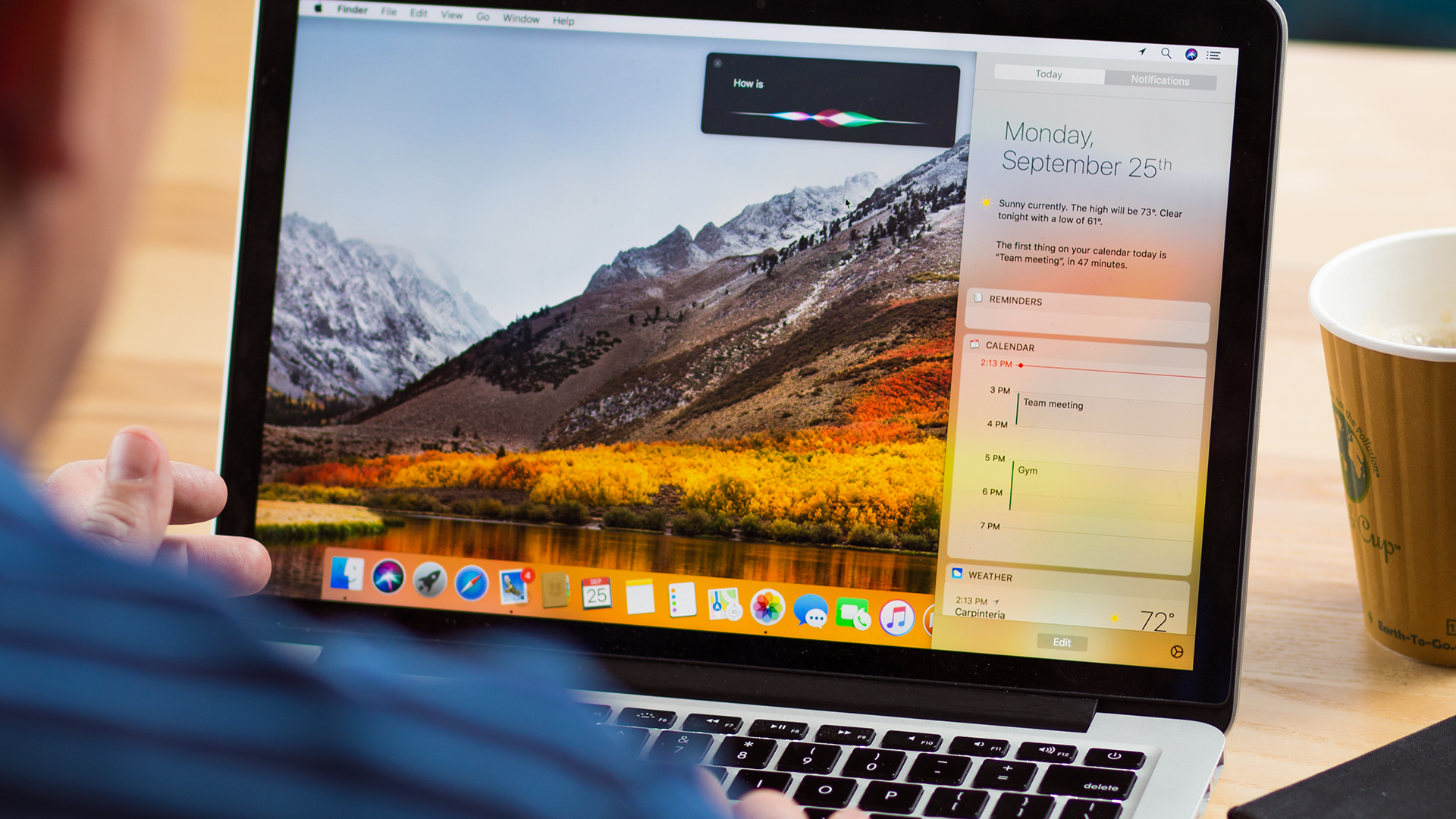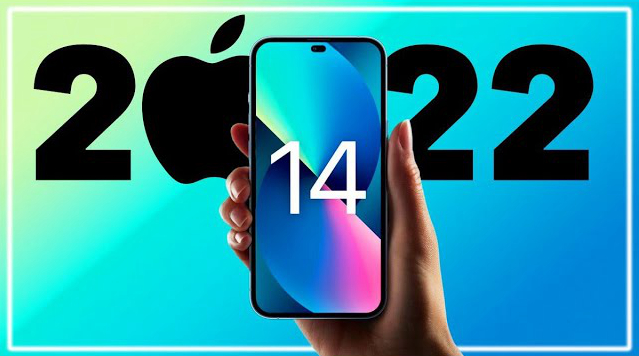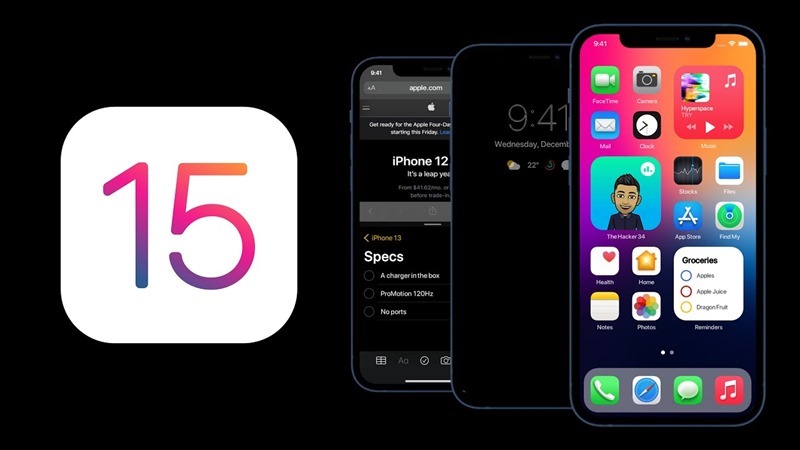Several Apple devices are now more than 18 months old, and with new hardware likely to bring them valuable improvements, most of which already exist in other devices, there are five important products that seem to be long overdue for an update up.
While arguably some devices like the Pro Display XDR and HomePod mini should also be updated, at least five major Apple devices appear to be due for an update — with new models likely to yield significant improvements. Likewise, over time, it has become increasingly difficult for Apple to justify keeping these devices in its lineup without hardware refreshes.
Be sure to read about ongoing updates on the age and status of all Apple products, and when updates can reasonably be expected based on the timing of new models in previous years.
5. iMac
While there’s been some debate over whether Apple will bring back a larger iMac model, the current model with a 24-inch display features the M1 chip — which means it’s better than the 13-inch MacBook Pro, redesigned MacBook Air and iPad Pro. , it’s outdated. Apple announced the M2 chip at WWDC in early June this year, and since it’s now included in three different devices, the iMac is ripe for a chip upgrade.

However, a report from Bloomberg’s Mark Gurman suggests that an iMac with the M2 chip isn’t here yet. Following the M2 line of Macs, the new iMac will be one of the first M3 series of Macs, Gurman said, which will include an updated 13-inch MacBook Air, a new 15-inch MacBook Air, and possibly a new 12-inch “still in early development.” stage” laptop.
The M3 chip is expected to be built on TSMC’s 3nm technology, unlike the M1 and M2 which are built using a 5nm process. More advanced manufacturing processes promise significant performance and efficiency gains.
The device, expected to be the successor to the current M1 iMac, may not launch until late 2023 at the earliest, Gurman said, meaning a new iMac may still be a while away. It’s not clear why Apple would exclude the iMac from the M2 chip and wait until the M3 chip is available, especially since it means the current M1 models will be around for quite some time.
4. AirPods Max
Launched about two years ago, the AirPods Max are the oldest AirPods in Apple’s lineup. Despite being the most expensive AirPods at $549, the AirPods Max miss out on a ton of features from the second-generation AirPods Pro from earlier this year.

With the H2 chip, dramatically improved Active Noise Cancellation, Bluetooth 5.3 connectivity, Adaptive Transparency, skin detection sensor, U1 chip, and Precision Finding, the “AirPods Max” have a lot more notable features. The headphones could also benefit from updated color options, MagSafe or USB-C charging, Conversation Boost, and sweat and water resistance.
The status of the next-generation AirPods Max is currently unknown. In May 2021, Gurman said that Apple is not actively working on a second-generation AirPods Max, but it’s unclear if that’s still the case. Given that Apple seems to introduce a new AirPods product every year, AirPods Max could be the next iteration.
3. Entry-Level Mac Mini
The M1 Mac mini is the oldest of the latest generation of Apple silicon Macs, and is very similar to the 24-inch iMac that could benefit from an upgrade to the M2 chip.
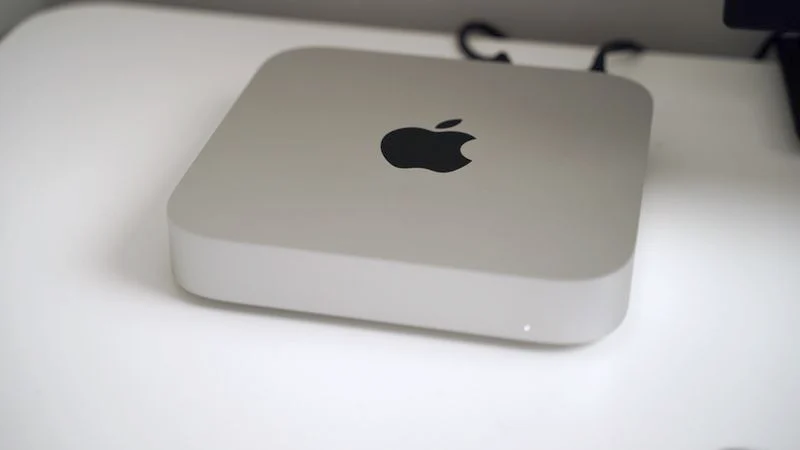
While adding the M2 chip to the Mac mini would likely require limited internal changes, Apple has so far refrained from doing so. Reports earlier this year suggested that Apple had originally “planned” to introduce new Mac mini models in 2022, but those arrangements “may be scrapped” in favor of an all-new Mac Studio. A new Mac mini with an M2 chip is said to be still in the pipeline for release sometime in 2023.
2. Mac Pro
The Mac Pro is the last Intel-based Mac model still on sale, and the only Mac lineup without an option for Apple silicon chips. For more than two years, people have been anticipating an all-new model that will finally bring Apple silicon to the company’s top-of-the-line Macs for professionals. Apple even outright teased the announcement of the Apple silicon Mac Pro at its “Peek Performance” event earlier this year, saying “that’s another day.”
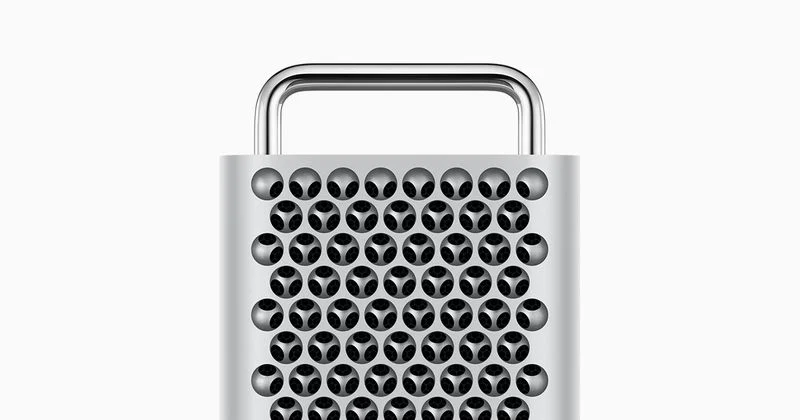
Previous reports of a smaller Mac Pro model being placed between the Mac mini and Mac Pro made it difficult to know what the future holds for the high-end Mac Pro lineup, but it’s now clear that many of these rumors have a lot to do with Mac Studio, to some extent, sheds light on what to expecHowever, beyond the basic specs, little is currently known about the device’s design, ports, performance, and potential for modularity and customization. Apple is expected to launch an Apple silicon Mac Pro next year, which could come alongside a “Pro” version of the Studio Display with a mini-LED panel and support for ProMotion.t from the next-generation Mac Pro.
Bloomberg’s Mark Gurman’s multiple reports on Apple Silicon Mac Pro chip options and specs provide a fairly straightforward description of what to expect from the new flagship Mac. Users will reportedly be able to configure the new Mac Pro with “M2 Ultra” and “M2 Extreme” chip options, according to Gurman.
1. Intel Mac Mini
While the M1 Mac mini offers the entry-level model in the lineup, the high-end Mac mini still comes with an Intel processor. The high-end Mac mini was theoretically refreshed in 2020, when Apple doubled the storage capacity of the device, but it’s otherwise identical to 2018’s Space Gray unibody model.

Apple has been thought to be working on a new Mac mini for some time. The possibility of replacing older high-end models with Apple silicon machines was previously at the center of rumors related to the new Mac mini, but it now appears that both entry-level and high-end models may be updated at the same time. Apple is believed to be working on two versions of the next-generation Mac mini, one with the standard “M2” chip and a higher-end model with the “M2 Pro” chip.
The new high-end Mac mini with an Apple chip could gain huge performance and efficiency advantages over current models, and it has more Thunderbolt ports than entry-level models. There is also the potential for redesign. As Apple began transitioning to its own custom silicon in Macs more than two years ago, and two years after the entry-level Mac mini was refreshed, the high-end Mac mini appears to be the most significant Apple device in dire need of a hardware refresh.
Read more articles: RedTomElectronics
If you have more ideas to discuss with us, welcome to join our Apple Fans Club on Facebook.


